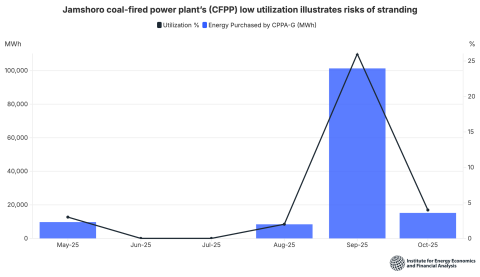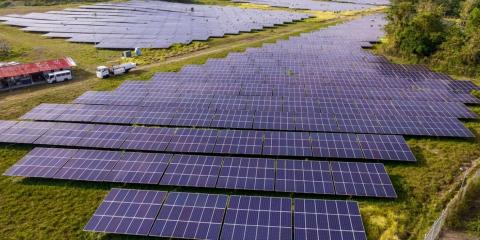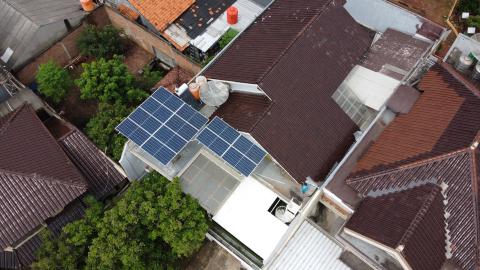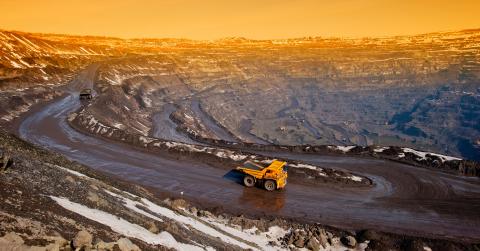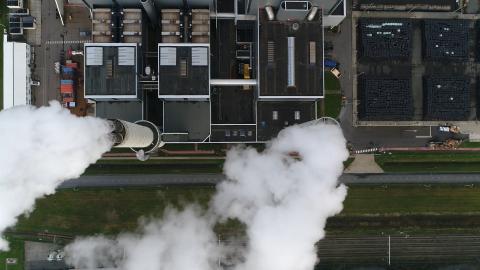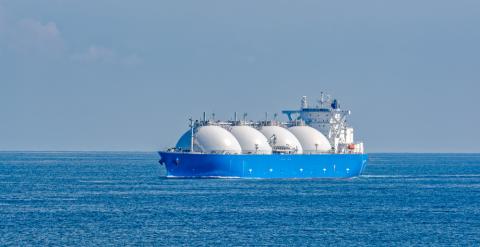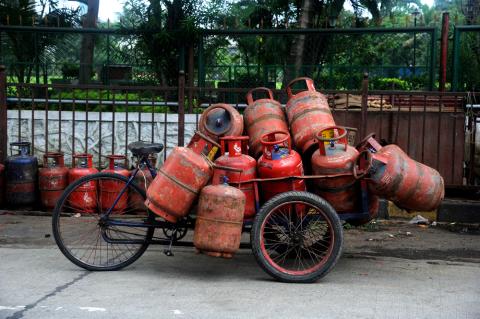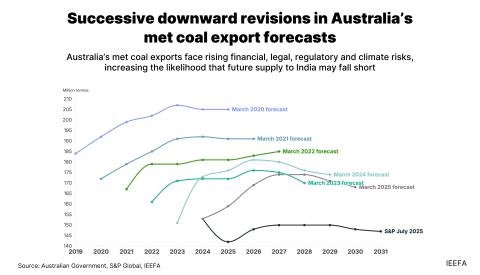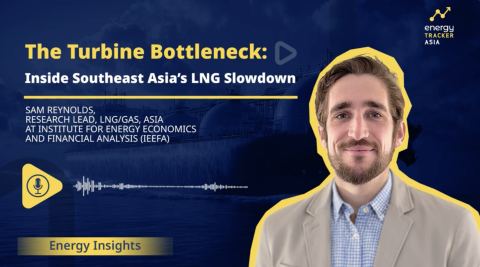Methane in the spotlight as Peabody-Anglo deal falls apart
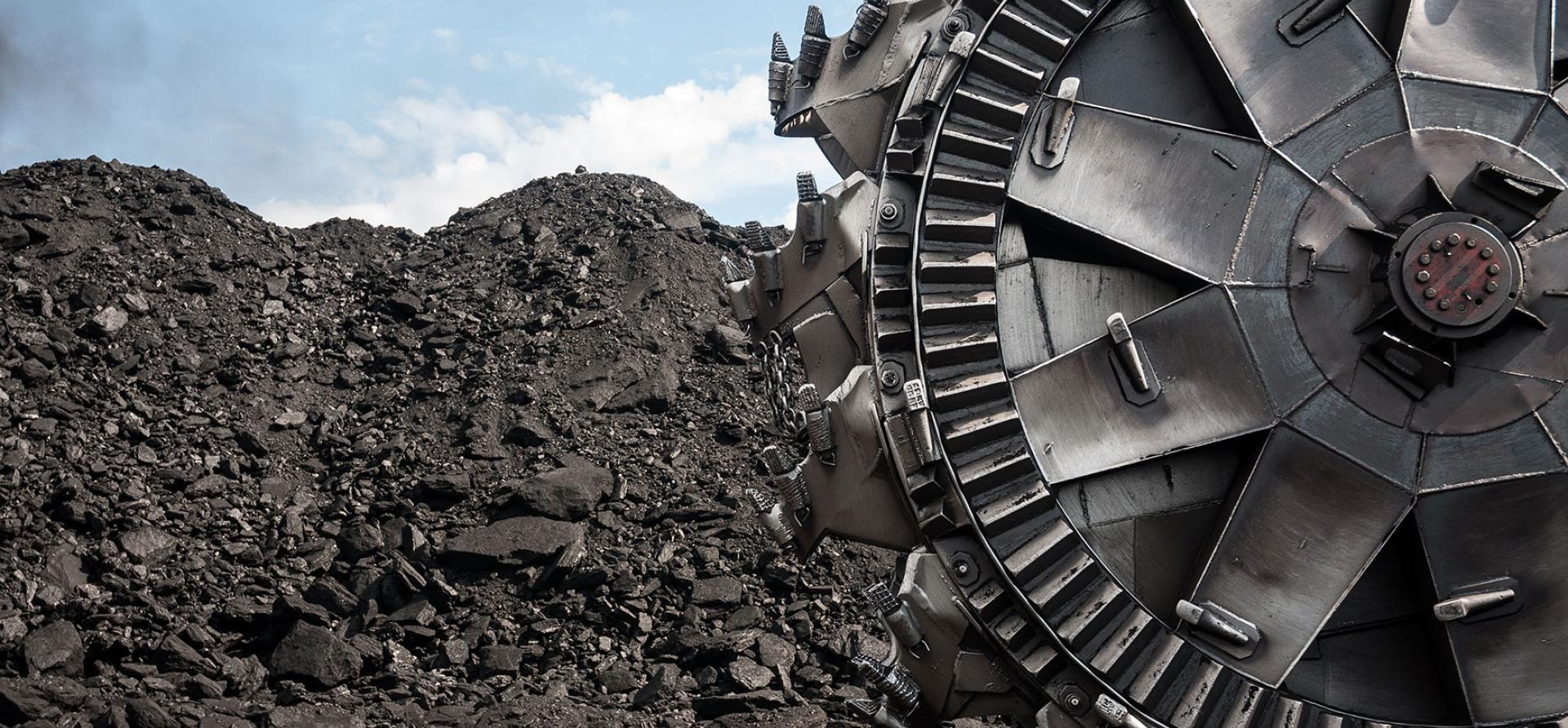
Key Findings
Peabody has pulled out of its bid to acquire Anglo American's coalmine portfolio following a methane-related fire at one of Anglo's underground coalmines.
The deal fallout highlights the methane risks and costs associated with coalmining, following a string of recent incidents, and a labour and skills shortage could worsen these risks.
Not enough miners are being certified in key technical and safety roles to meet demand, affecting coalmine productivity and potentially causing future mandated, abrupt mine closures.
Mine outages from methane events can cost hundreds of millions of dollars in lost production or recovery costs, reduce the royalties paid to state governments and generate economic shocks on mining towns.
This analysis is for information and educational purposes only and is not intended to be read as investment advice. Please click here to read our full disclaimer.
Peabody Energy Corporation has pulled out of its bid to acquire Anglo American’s coalmine portfolio following a methane-related fire at Moranbah North coalmine in March this year. Last November, Peabody signed an agreement to buy Anglo American’s coalmine portfolio for US$3.8 billion (AU$5.9 billion), but after the fire Peabody attempted to renegotiate the deal, seeking a lower price to account for damages from the incident. However, Anglo American responded that the fire did not “constitute a Material Adverse Change” in the value of the assets and refused to renegotiate the deal value. The sale would have seen Anglo American exit coalmining, and Anglo’s CEO Duncan Wanblad stated he is confident the company can “conclude an alternative sales process for value in due course”.
However, the deal fallout highlights the methane risks and costs associated with coalmining. Methane, which has a much higher global warming potential in the near term than carbon dioxide, is emitted from coal seams into the atmosphere during mining if no structural abatement is in place, and can create explosive workplace hazards for underground miners. In addition to the risk to workers, methane risks can have an impact on mining companies’ balance sheets. Investors have noted the fragility of once dependable coalmine cashflows when production is halted by a methane fire. Mine outages can cost hundreds of millions of dollars in lost business value or recovery, re-entry and equipment replacement costs.
The impacts spread beyond the financial costs incurred by coalmining companies and investors. State governments receive less royalties and mining towns experience economic, social and environmental impacts from such an abrupt form of mine closure. As a former mines inspector has noted, “Losses to the public purse through reduction of royalties can also amount to hundreds of millions of dollars.” In other words, these coalmines may not generate the financial benefit for governments and taxpayers that they proposed they would when they applied for their mining licences.
The Moranbah North coalmine fire in March was not the first methane-related incident at one of Anglo American’s facilities, nor was it the first methane-related incident at Moranbah North. Months earlier, a methane explosion closed Anglo’s Grosvenor mine in Queensland. As a result, this asset was revalued US$900 million lower during the Peabody deal value agreed in November, with the sale contingent on the mine reopening. It is not known how long the Moranbah mine will remain closed, but it will require safety and regulatory approvals, and equipment replacements and repairs, before reopening.
While this could be viewed as an unlucky coincidence for Anglo American, the safety aspects of methane management have come under increased regulatory scrutiny of late. A string of methane events highlight that recovery periods can be lengthy and costly, with one CEO noting that “recovery from mine ignitions can take longer, oftentimes much longer than originally contemplated”. This underscores the imperative for robust gas drainage to enable sustained or increased coal production.
Recent methane events affecting coalmine production in Australia
Company | Mine closure | Incident | Status | Direct cost |
| Peabody | North Goonyella / Centurion (Qld) | Sep 2018 | Production outage. Reopened in 2024, with longwall production due to restart in 2026 | AU$760 million to bring back into production |
Wollongong Coal (Jindal Steel & Power) | Russell Vale Colliery (NSW) | Jan 2024 | Closed down (in “care and maintenance”) | AU$215 million to rehabilitate the mine |
| Anglo American | Grosvenor mine (Qld) | May 2020 | Production outage for 19 months (five workers injured) | Value of lost production. Continuing employment costs |
| Jun 2024 | Closed down (12+ months outage to date) | Value of lost production. Transaction value reduced ~US$900 million (AU$1.4 billion)* | ||
| Moranbah North mine (Qld) | Jan 2020 | Production outage for five months | Value of lost production | |
| Mar 2025 | Suspended operations (4+ months to date) | Value of lost production. Continuing employment costs TBC |
Source: IEEFA. *Note: Anglo’s sale of the Grosvenor mine for US$450 million is contingent on the mine reopening and at Peabody’s option. Grosvenor was previously valued at US$1.35 billion (or 30% of the US$4.5 billion deal).
The Queensland Coal Mining Board of Inquiry (2020-21) recommended mandatory reporting of methane exceedances as high potential incidents (HPIs). This has led to a 10-fold increase in reported incidents, from 44 in FY2021-22, to 486 HPIs in FY2023-24. It also resulted in new safety legislation in Queensland, implemented in 2024.
Safe working conditions are essential to underground coalmining to prevent costly production disruptions or shutdowns due to methane explosions or incidents. However, the Queensland government’s new mining safety regulations have exposed a critical skills shortage in underground coalmining safety- and compliance-related roles.
Not enough miners are being certified in key technical and safety roles to meet demand, affecting coalmine productivity and potentially causing abrupt mandated coalmine closures in future. The Board of Examiners, which issues these certifications, has reported poor completion rates. For example, ventilation officers (VOs) are required at underground mines to manage, monitor and optimise the mine air ventilation, including methane emissions, to ensure safe working conditions. However, the number of VO certificates issued fell to just five in 2024 from 21 in 2023.
Peabody has also warned that “underground mining operations would have to cease” if vacancies persisted, and that the expansion of roles requiring certification “will greatly exacerbate the risk to business continuity across the industry”.
Shortages are also being driven by a workforce increasingly concentrated in capital cities, while the growing demand for safety-critical roles is in regional areas. Staff in these roles also need to be employed by the mines rather than as contractors.
The chronic skills shortage has cast further doubt on the industry’s readiness to implement methane abatement action instead of relying on carbon offsets to achieve its decarbonisation targets.
However, methane can be a valuable resource for miners if managed, captured and utilised for its energy value. EMR and Adaro’s Kestrel Mine in Queensland plans to use methane to fuel a new power station and has announced a commercial-scale project to abate ventilation air methane (VAM) using existing technology.
Anglo American has also invested in methane abatement at its Queensland metallurgical coalmines. Anglo spent more than US$100 million a year on gas mitigation infrastructure and is investigating VAM abatement in conjunction with the University of Newcastle, funded by AU$35 million in grants from Low Emissions Technology Australia. The continuation and completion of these projects, however, will ultimately depend on the mines’ ownership.




